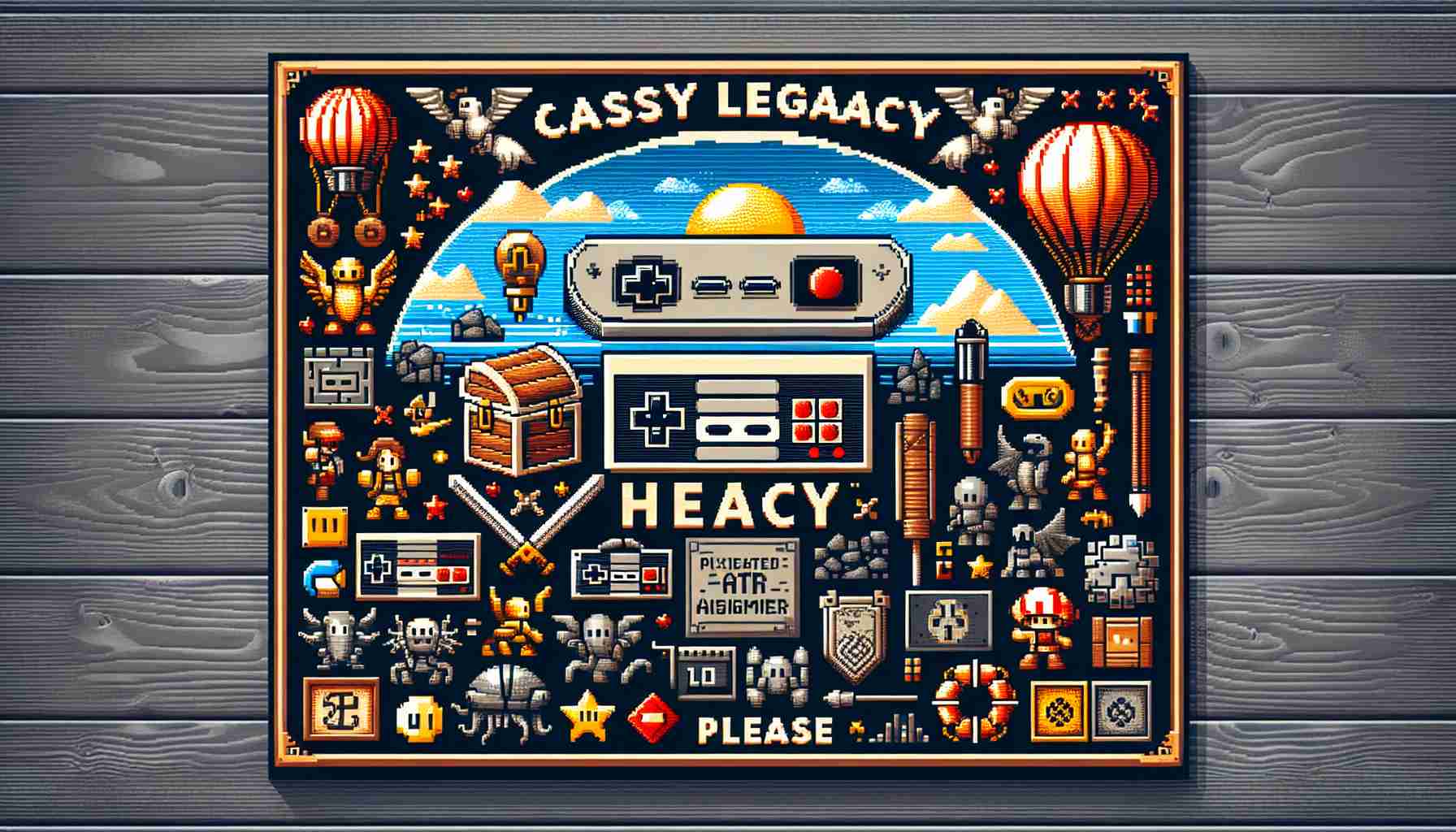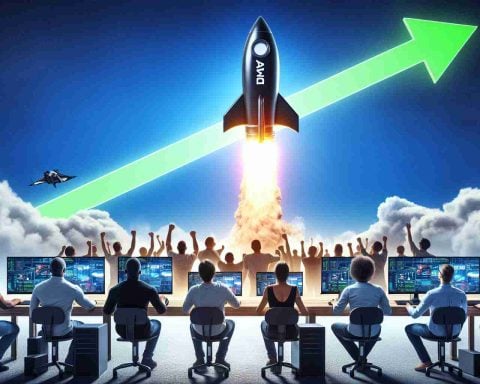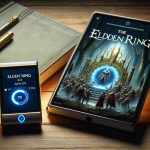Nintendo’s reputation as a gaming titan was firmly established in 1981 with the launch of Donkey Kong. This marked the beginning of an extraordinary journey that saw the rise of beloved characters, most notably the heroic plumber from the Mushroom Kingdom, Mario. Alongside him, iconic figures such as Link, Kirby, and Pikachu joined the Nintendo family, captivating players around the globe.
For many gamers, these characters evoke deep nostalgia. This emotional connection drives Nintendo to continuously recycle these characters, bringing them back in various forms for the enjoyment of long-time fans. While the sentiment is appreciated, there seems to be a growing demand for fresh stories and characters beyond the familiar faces of Mario and Zelda.
With Mario boasting over 200 game appearances and Zelda hosting only 29 adventures, the reliance on these two pillars appears excessive. This raises questions about Nintendo’s creative direction. In a gaming landscape where competitors like Sony and Microsoft thrive on diversity, some players wonder if Nintendo should consider a broader roster of characters to keep its offerings exciting.
With the Nintendo Switch achieving remarkable sales, it’s apparent there is a solid foundation. However, to captivate both new and veteran players, introducing unique characters and experiences might be essential. After all, the gaming community eagerly anticipates innovation. Nintendo stands at a crossroad: it can continue to rely on its iconic characters or embrace new adventures that blend nostalgia with fresh experiences.
Nintendo has had a significant influence on the gaming industry, not just as a developer but also as a pioneer in gaming hardware. The introduction of innovative consoles like the NES (Nintendo Entertainment System) in the mid-1980s, the Game Boy in 1989, and the Switch in 2017 has reshaped how games are played and experienced. Each of these consoles brought new features and gameplay styles, setting trends that other companies have often followed.
Moreover, Nintendo’s commitment to family-friendly gaming has established its legacy as an accessible choice for gamers of all ages. This focus has created a safe environment for younger audiences and has significantly contributed to the brand’s popularity across generations. While this strategy has been successful, it has also led to some criticisms regarding the perceived lack of complexity and depth in some Nintendo titles compared to offerings from other companies.
Key Challenges and Controversies: One of the major challenges Nintendo faces is balancing innovation with its established franchises. Many fans express frustration when new titles feel too familiar or rely heavily on nostalgia. Additionally, there’s the issue of third-party support; while Nintendo has a strong lineup of exclusive titles, some gamers feel that the Switch has fewer third-party games compared to competitors like the PlayStation and Xbox.
Important Questions and Answers:
1. Should Nintendo prioritize new characters over beloved franchises?
– This is a contentious issue; while new characters may attract a younger audience, longstanding fans have emotional ties to existing characters.
2. Can Nintendo maintain its unique identity while staying competitive?
– Yes, but it will require careful integration of new ideas while sustaining the nostalgia and charm of its classic franchises.
Advantages and Disadvantages:
– Advantages:
– Established fanbase and brand loyalty.
– Unique characters that have become cultural icons.
– Broad appeal across age groups.
– Disadvantages:
– Risk of stagnation if relying too heavily on proven formulas.
– Potential alienation of gamers seeking more diverse gameplay and narratives.
– Challenges in attracting third-party developers.
In conclusion, Nintendo is at a pivotal moment where the choice between sticking with its famous characters or venturing into new territories could define its future. Embracing new adventures could not only satisfy existing fans looking for innovation but also attract a new generation of gamers.
For more about Nintendo’s history and games, visit nintendo.com.






















